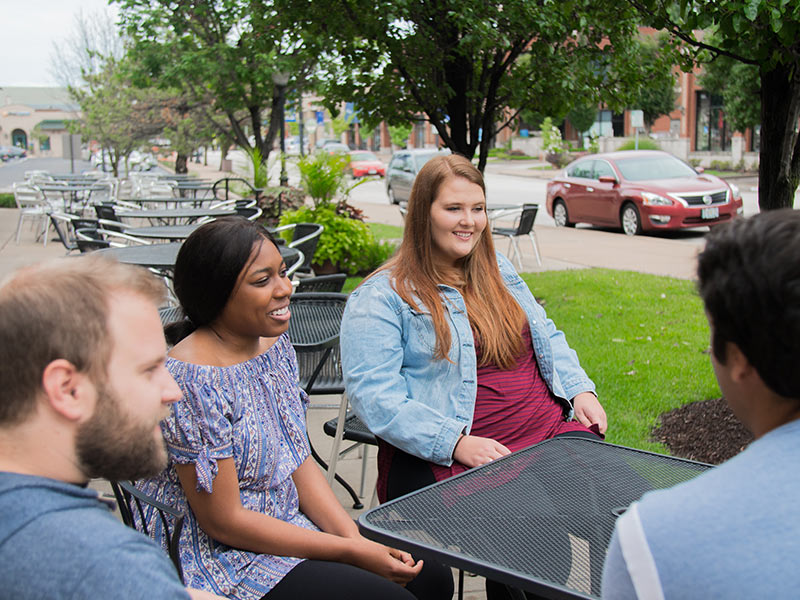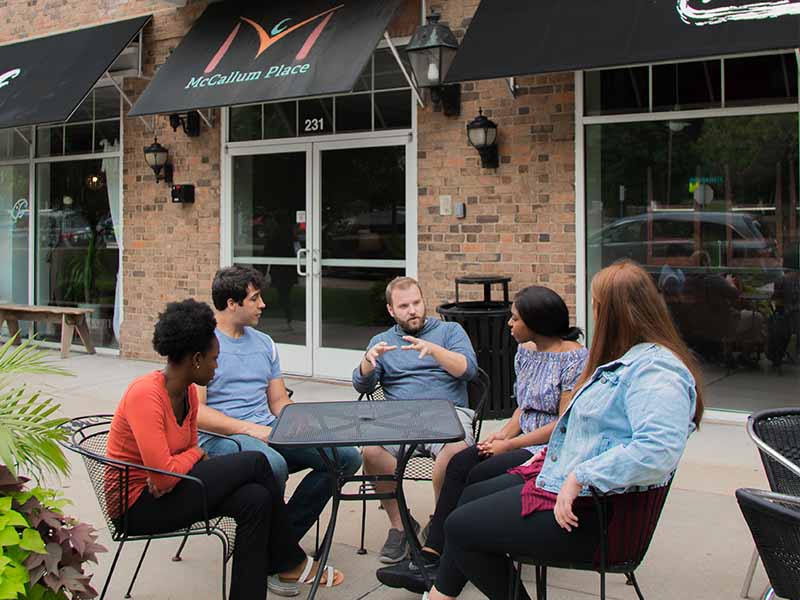In our day-to-day lives, we hear a lot about how we “should” be showering ourselves with “positive affirmations,” “self-love,” and “positive body image”. But, frankly, most of the time, the patients I work with (not to mention myself!) have struggled to connect with these sentiments. This year, I had the privilege of supervising a dance movement therapy student, Kosta Kostoryz, now with Embodiology, who introduced me to the term “embodiment.” Embodiment is having a felt “internal, unique” experience in the body. It is where a person can focus on the feelings, sensations, expression, creation, and choice in their body.
This was an amazing concept to me, as eating disorder treatment typically focuses on “improving body image.” Body image is defined as an “external, visual, reflection of one’s appearance to an external viewer (self or others). It is always in relationship to the real or imagined social ideals.
Embodiment is a cool recovery tool because it reintegrates a person with their creativity, emotions, personality, boundaries, and joy. Embodiment gives a person all these things without having to compare or gain value by basing one’s worth on how they stack up to others. Instead, it values collaboration and celebrates successes personally and socially.
One of the reasons embodiment has recently impacted my treatment philosophies is because the concept allows a person so many more opportunities to have a relationship with their body without comparing it to anything!
Examples of embodiment are:
- singing in your car
- dancing like no one is watching
- drawing
- painting
- running
- rock climbing
- making random silly noises
- humming
- whistling
- creating a handshake with someone
- moving your head in rhythm with a beat
- honoring and enjoying the feeling of your legs moving back and forth as you walk
- witnessing your breath going in and out
- ANYTHING that is a noncompetitive way of landing in your body!
How fun are these options?!?! You don’t always have to see your body through a critical lens; you can actually FEEL and BE in it without judging, even if it’s just for a moment.
In McBride and Qwee (2018)’s book, “Embodiment and Eating Disorders,” they ascertain that disembodiment is learned, rewarded, and protected in a society that contently objectives and evaluates bodies based on appearance.”
Our goal is to help clients place proportionate value on body image (it sure is cool to sometimes get all dressed up or to master a dance move just right and share it on TikTok!), which includes infusing appreciation for body function, body mobility, and exhilaration experiencing what your body can do. While body image is a valuable part of human existence, we are so much more than what we show on the outside.









